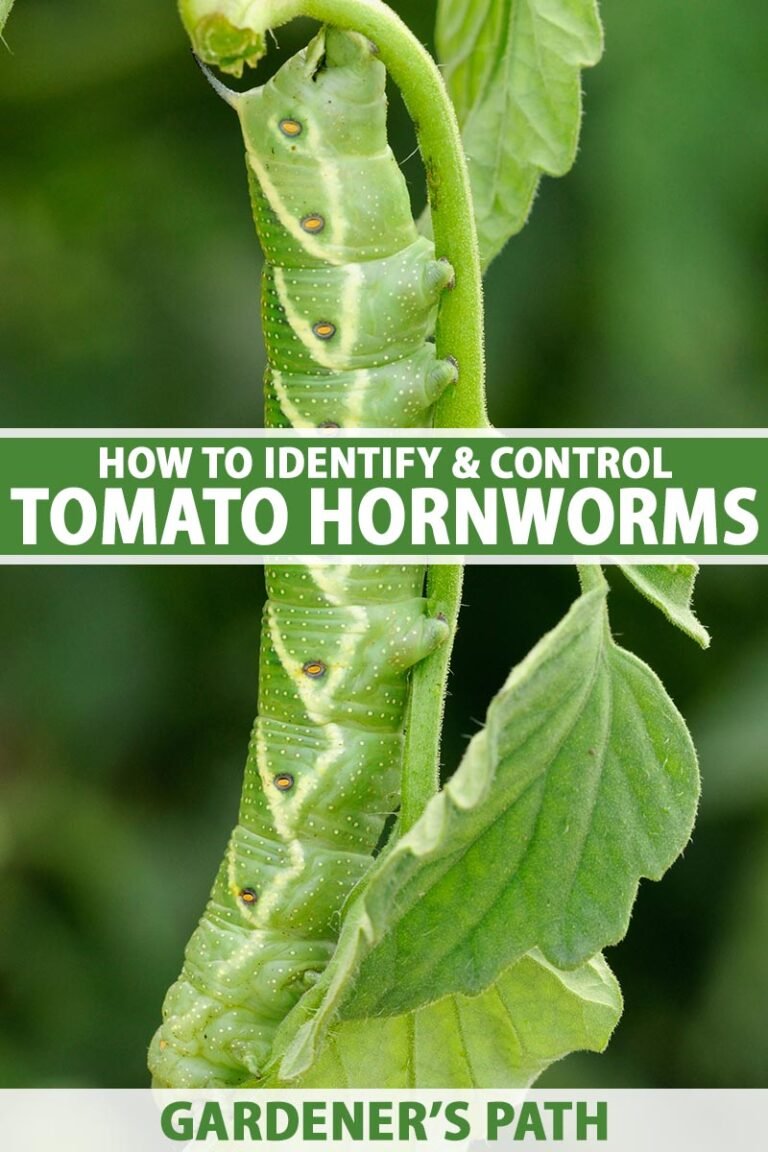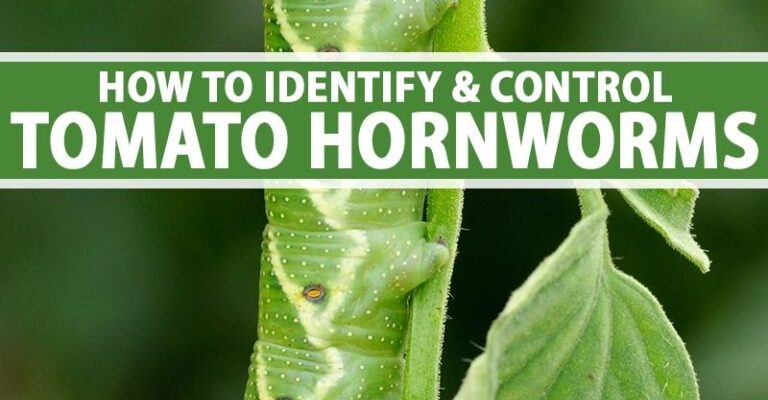
If you’re like many who love their gardens, you want to find a way to keep the nasty hornworms at bay while ensuring that those busy bees carry on with their important work. It’s a little like trying to host a peaceful dinner party where you have to deal with an unexpected guest—tough but not impossible. Let’s dive into how you can tackle hornworms without harming our buzzing buddies.
Understanding Hornworms and Their Impact on Your Garden
Hornworms, typically the larval stage of the five-spotted Sphinx moth, can be quite the nuisance for gardeners. These pests are known for their voracious appetite and ability to munch through your tomato and pepper plants, often leaving behind nothing but skeletons of leaves. Imagine making a delicious salad only to find that all your tomatoes have been devoured!
To spot a hornworm, look for their distinctive green bodies, which can blend in seamlessly with your plants. They can grow up to 4 inches long and often have a horn-like structure on their rear. Besides the damage they cause, a hornworm infestation can sometimes lead to a bigger problem, including attracting other pests. The key is to act quickly and effectively before they multiply.
While it’s tempting to dive in with commercial pesticides, remember that many of these products can also harm beneficial insects like bees. So, how can you take action against these hungry pests while keeping the rest of your garden ecosystem intact? Let’s explore some eco-friendly methods to control hornworms.
Natural Predators: Allies in the Garden
One of the most effective ways to control hornworms is to enlist the help of natural predators. Birds, wasps, and even certain beetles see hornworms as a delicious snack. By creating a welcoming environment for these allies, you can keep your hornworm population in check without lifting a finger—or a spray bottle.
Consider planting native flowers and shrubs that attract birds and beneficial insects. For example, sunflowers and zinnias can draw in birds, while flowering herbs such as dill and fennel attract parasitic wasps, which lay their eggs inside hornworms. Sounds a bit gruesome, right? But nature has its way of keeping balance.
Keep in mind that providing habitats like birdhouses and leaving some garden debris can enhance biodiversity and support these helpful predators. The more diverse your garden, the better chances you have of controlling hornworms naturally.
Time to Get Hands-On: Manual Removal Tactics
Sometimes, the old-fashioned methods are the most effective! Manual removal can be a great solution for small infestations. Equip yourself with gloves and a bucket of soapy water, and head out to the garden.
As you check your plants, look for the telltale signs of hornworm presence, such as droppings or stripped leaves. It’s often easiest to find them in the daytime when they’re munching away. Gently peel back leaves to unearth them—trust me, they can hide very well! Once you spot a hornworm, simply pluck it off your plant and toss it into the soapy water. This method not only removes the pest but also prevents them from escaping.
While this might feel a bit labor-intensive, many gardeners find it surprisingly satisfying to take direct action against these pests. Plus, think of it as a moment of mindfulness in your day, connecting you more deeply with your garden!
Eco-Friendly Sprays: Garlic and Soap Solutions
If you’re looking for a spray to keep on hand, consider creating your own natural concoction using garlic and soap. This method is not just effective against hornworms; it’s also safe for bees and other beneficial creatures.
Start by blending a few garlic cloves with water to create a potent mixture. Once blended, strain the liquid to remove any solid bits. Mix this garlic infusion with a few drops of mild liquid soap and more water in a spray bottle. Shake well and spray the solution directly onto the hornworms, focusing on the undersides of leaves where they tend to hide.
The smell of garlic acts as a deterrent, and the soap helps suffocate the pests. Just remember to apply it in the early morning or late afternoon to avoid affecting bees that might be fluttering about during the day.
Using Diatomaceous Earth: A Natural Barrier
Another great option for controlling hornworms without harming bees is **diatomaceous earth** (DE). This fine, powdery substance is made from the fossilized remains of tiny aquatic organisms called diatoms. When hornworms come into contact with DE, it damages their exoskeletons and eventually leads to dehydration.
To use diatomaceous earth, simply sprinkle a thin layer around the base of your plants or directly on the leaves. You’ll want to reapply after rain or watering, as moisture can reduce its effectiveness. The best part? DE is completely safe for bees and other beneficial insects, making it an excellent choice for environmentally conscious gardeners.
While it may take a little time to see results, DE can be an effective method for keeping hornworms at bay without harming the friendly insects you want to protect.
Maintaining Plant Health: A Proactive Approach
Every good gardener knows that prevention is the best defense. By maintaining the health of your plants, you can make them less susceptible to hornworm infestations. Healthy plants can withstand some damage and recover more easily.
Start with good soil management. Enrich your soil with organic matter and nutrients, which will promote strong root systems and healthy growth. This includes using compost, well-rotted manure, or other organic fertilizers to give your plants what they need to thrive.
Additionally, practicing crop rotation can help disrupt the life cycle of hornworms. By changing the location of your plants annually, you can reduce the chances of pests finding their favorite spots year after year. If you keep your plants strong and healthy, they’ll be less inviting to hungry hornworms.
When All Else Fails: Selective Pesticides
Sometimes, despite your best efforts, hornworms can still be a persistent problem. If that’s the case, you might consider selective pesticides that target hornworms specifically without major harm to bee populations. Options like *Bacillus thuringiensis* (BT) can be effective. BT is a naturally occurring bacterium that specifically kills caterpillars, like hornworms, when ingested.
When using any pesticide, it’s crucial to follow the instructions carefully. Apply it during times when bees are less active, such as early morning or late evening, to minimize impact. And always remember to check if the product is labeled as safe for use around bees!
In conclusion, keeping hornworms at bay without harming bees is entirely possible with a mix of natural methods and smart gardening practices. By understanding your pest problem, using a variety of techniques, and focusing on the health of your plants, you can maintain a vibrant garden while protecting the hardworking pollinators that make it all possible. Happy gardening!

